Posted on 2/28/2025
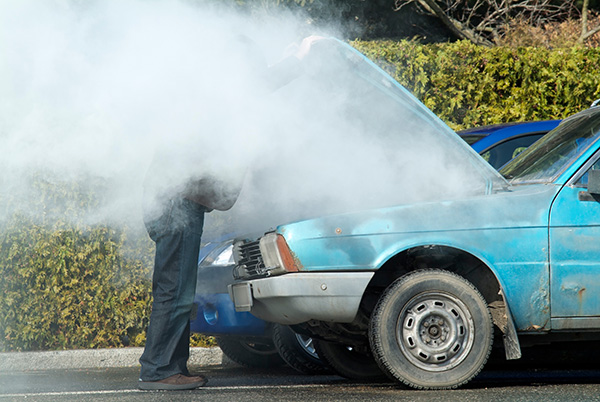
There’s nothing quite as stressful as seeing steam rise from under your car’s hood while you’re stuck in traffic or driving down the highway. An overheating engine isn’t just an inconvenience—it’s a serious issue that can cause significant damage if not handled correctly. Knowing what to do when your car starts overheating can prevent breakdowns and help keep you safe on the road. Let’s look at the causes, the steps you should take, and how to prevent your engine from overheating in the first place. Why Do Cars Overheat Engines generate intense heat, and the cooling system works to regulate the temperature by circulating coolant and dissipating excess heat. When something disrupts this process, temperatures can skyrocket, leading to overheating. Here are some of the most common causes: Low Coolant Levels – If your car doesn’t have enough coolant, it won’t be able to regulate the engine’s temperature e ... read more
Posted on 1/31/2025
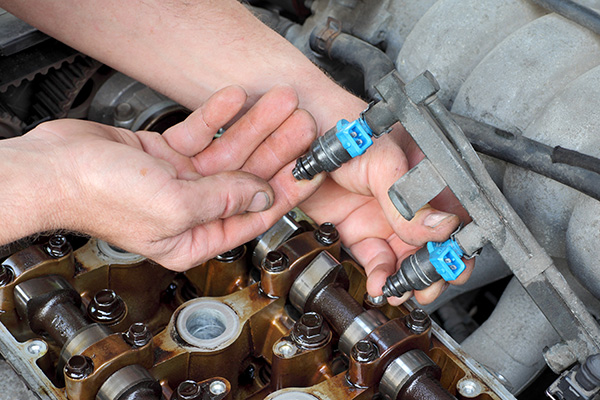
Your car’s fuel injectors ensure your engine runs efficiently and performs at its best. These precision components deliver the exact amount of fuel needed for combustion, maintaining the balance between power and fuel efficiency. Over time, though, they can become clogged with carbon deposits or debris, which may cause noticeable performance issues. But how do you know when it’s time to have them cleaned? The Importance of Fuel Injectors Fuel injectors are often overlooked until something goes wrong. They spray fuel into the combustion chamber in a fine mist, ensuring even distribution and efficient burning. When they’re working correctly, your car operates seamlessly, giving you the power and efficiency you expect. However, when injectors become dirty or clogged, you’ll start noticing changes in how your car performs. Signs Your Fuel Injectors Might Be Clogged Let’s talk about the warning signs that point to dirty fue ... read more
Posted on 12/20/2024
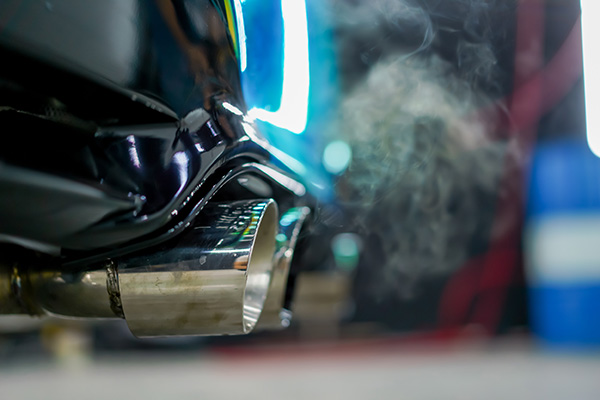
Hearing loud noises coming from your car’s exhaust system can be more than just annoying—it’s often a sign that something isn’t right. While it’s tempting to ignore these sounds, they can point to underlying issues that affect your car’s performance and safety. From leaks to worn-out components, your exhaust system works hard to keep your ride quiet and efficient. When it starts making noise, it’s time to pay attention. Let’s find out why these sounds happen and what you can do to fix them. What Causes Loud Exhaust Noises Your exhaust system is a network of pipes, catalytic converters, and mufflers designed to channel harmful gasses away from your vehicle while keeping noise levels under control. If something disrupts this delicate balance, your car can get loud—and fast. Common causes include leaks, rust, or failing components. Each issue has its unique symptoms and fixes, so identifying the root cause is key ... read more
Posted on 11/29/2024
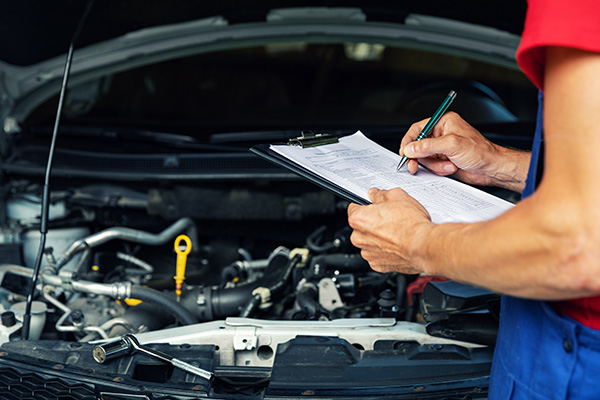
Buying a used car can feel like a treasure hunt. You're on the lookout for that perfect vehicle that fits your budget and lifestyle. But what happens if that "hidden gem" turns out to be a hidden nightmare? While a used car might seem like a great deal at first glance, lurking beneath its shiny exterior could be many issues that aren’t immediately visible. This is where a pre-purchase inspection comes into play. A thorough check by a qualified expert can make all the difference between buying a reliable ride and getting stuck with a money pit. Why Relying on Looks Alone Can Be Misleading We’ve all heard the saying, “Don’t judge a book by its cover.” This couldn’t be truer when it comes to buying a used car. Sellers know how to make a vehicle look its best to entice potential buyers. A fresh coat of wax, a spotless interior, and even some strategically timed engine cleaning can make any car appear to be in tip-top shap ... read more
Posted on 10/31/2024
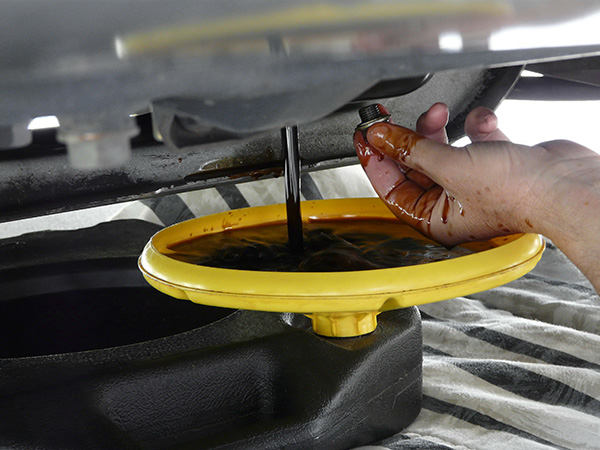
We’ve all heard it before—changing your car’s engine oil regularly is one of the most important steps to keep it running. But what actually happens if you don’t keep up with oil changes? Many drivers may be tempted to stretch the time between oil changes, but the consequences can be far worse than you might expect. Your engine depends on fresh oil to function properly, and neglecting this routine maintenance could lead to costly damage, reduced performance, and even a complete engine failure. Let’s see why changing your engine oil is so essential and what can go wrong if you skip this vital task. Why Engine Oil Is Needed First, it’s important to understand the role engine oil plays in your vehicle. It’s not just a random liquid that lubricates parts—it is the lifeblood of your engine. Engine oil has three main functi ... read more
Posted on 9/27/2024

Fuel efficiency is more important than ever, with rising gas prices and environmental concerns pushing drivers to get the most out of every gallon. But achieving better fuel economy isn’t just about having a modern car. Even with older models, there are several easy and effective ways to improve your car’s efficiency. Whether you’re commuting daily or planning a long road trip, these quick tips will help you save at the pump and reduce your car’s overall impact on the environment. 1. Maintain Proper Tire Pressure When was the last time you checked your tire pressure? Under-inflated tires create extra resistance on the road, forcing your engine to work harder and burn more fuel. Keeping your tires at the manufacturer-recommended pressure ensures your car runs more efficiently. Plus, it helps extend the life of your tires, saving you money in the long run. Regu ... read more
Posted on 8/30/2024
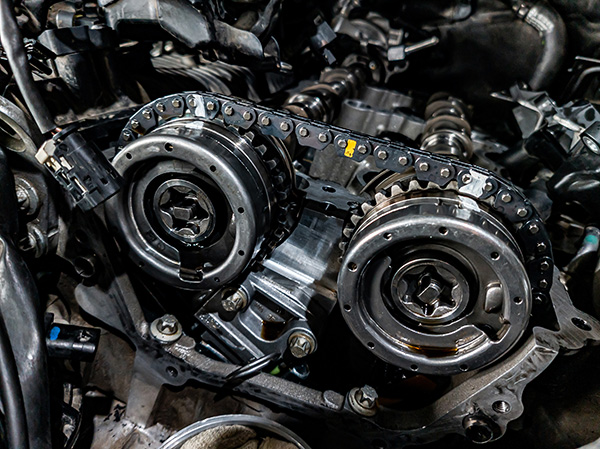
Cadillac CTS owners pride themselves on driving a luxury vehicle that blends performance with sophistication. However, like any car, the Cadillac CTS can experience mechanical issues, one of the most critical being timing chain failure. Understanding why this happens and how to prevent it can save you from costly repairs and keep your vehicle running. What Is a Timing Chain Failure The timing chain is a crucial component of your engine, responsible for synchronizing the crankshaft and camshaft rotation. This ensures that the engine's valves open and close at the proper times during each cylinder's intake and exhaust strokes. Unlike timing belts, timing chains are designed to last the lifetime of the engine. However, premature timing chain failure has been a common issue in Cadillac CTS models, particularly those from the late 2000s to early 2010s. Causes of Timing Chain Failure in Cadillac CTS One primary cause of timing chain failure in Ca ... read more
Posted on 7/26/2024
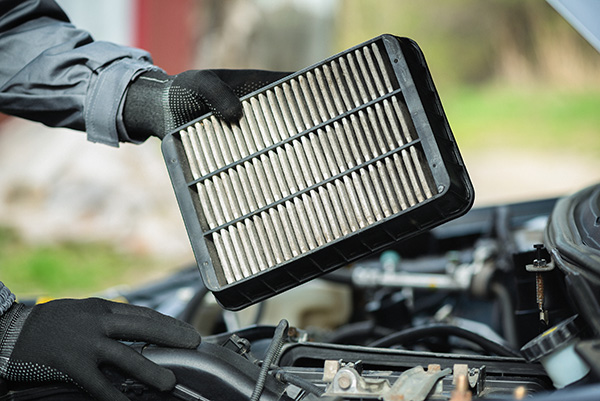
When it comes to maintaining your car, air filters might not be the first thing on your mind. However, these small but crucial components play a significant role in your vehicle's performance and comfort while driving. But why does your car need both cabin and engine air filters? The Role of Cabin Air FiltersKeeping the Air Inside Your Car Clean Have you ever wondered why the air inside your car feels fresh even when you're driving through polluted areas? That's thanks to the cabin air filter. This filter traps dust, pollen, and other airborne particles, preventing them from entering the cabin through the ventilation system. As a result, you and your passengers can breathe cleaner air, which is particularly beneficial for those with allergies or respiratory issues. Ensuring Optimal HVAC System Performance A clean cabin air filter is esse ... read more
Posted on 6/28/2024
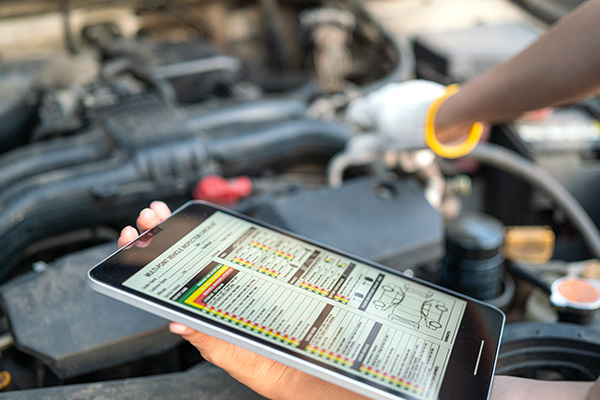
Planning a trip can be exhilarating, whether it's a cross-country adventure or a weekend getaway. While packing and planning your route are essential, ensuring your vehicle is road-ready is paramount. A pre-trip inspection might seem like an extra step, but it's necessary for a smooth and safe journey. Let's explore why a pre-trip inspection is a good idea and how it can save you from headaches down the road. Ensuring Safety on the Road Safety is the top priority when it comes to driving. A thorough pre-trip inspection can help identify potential issues that could compromise your safety and that of your passengers. Imagine cruising down the highway only to have a tire blowout or your brakes fail. By checking critical components like tires, brakes, and lights beforehand, you can prevent these dangerous situations. During a pre-trip inspection, make sure to:Check Tire Pressure and Tread Depth: Properly inflated tires wit ... read more
Posted on 5/28/2024

Owning a Dodge vehicle brings both joy and challenges. From mysterious engine ticks to unexpected gear shifts, Dodge owners often encounter unique issues. Let's look at the most prevalent issues that Dodge drivers encounter, shedding light on what to watch out for and how to address these concerns effectively. 1. Solving the Hemi Tick Many Dodge Charger owners are concerned about the notorious Hemi Tick. While some engine noise is normal, a persistent metallic ticking sound may indicate a problem. To address this, consider using high-quality synthetic oil during oil changes, as it can help reduce friction and minimize the ticking sound. Regular engine maintenance, including valve adjustments, can help prevent lifter and camshaft damage. 2. Electronic Gear Shifter Woes Electronic gear shifter problems can disrupt your driving experience. If you encounter difficulties shifting gears, try resetting the electronic control module by disconnecting th ... read more